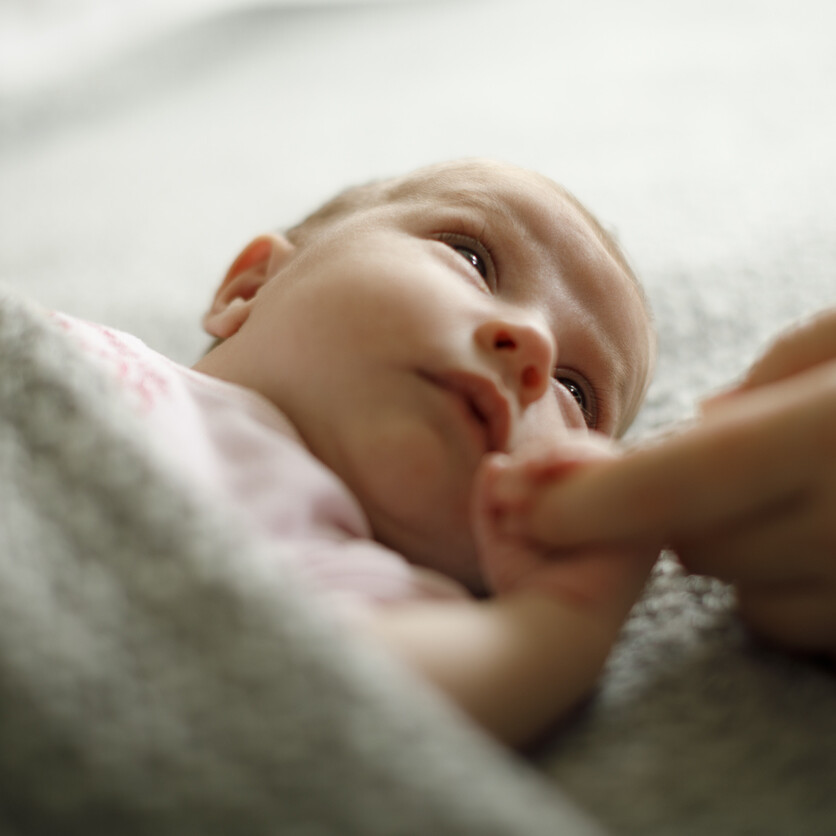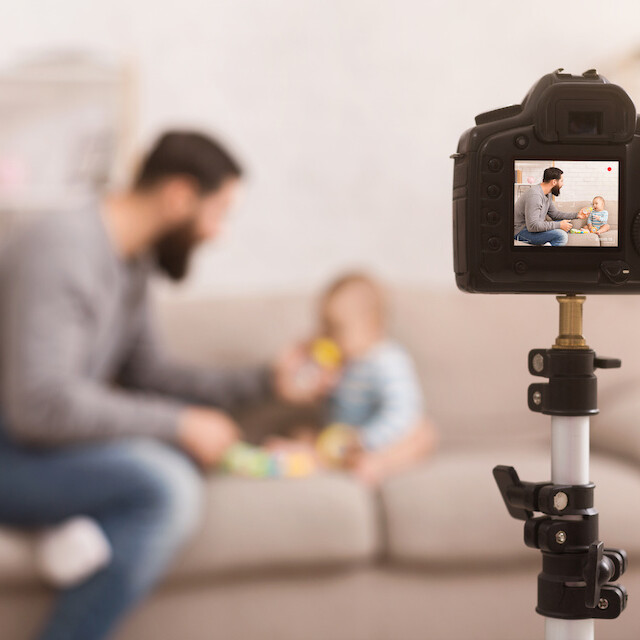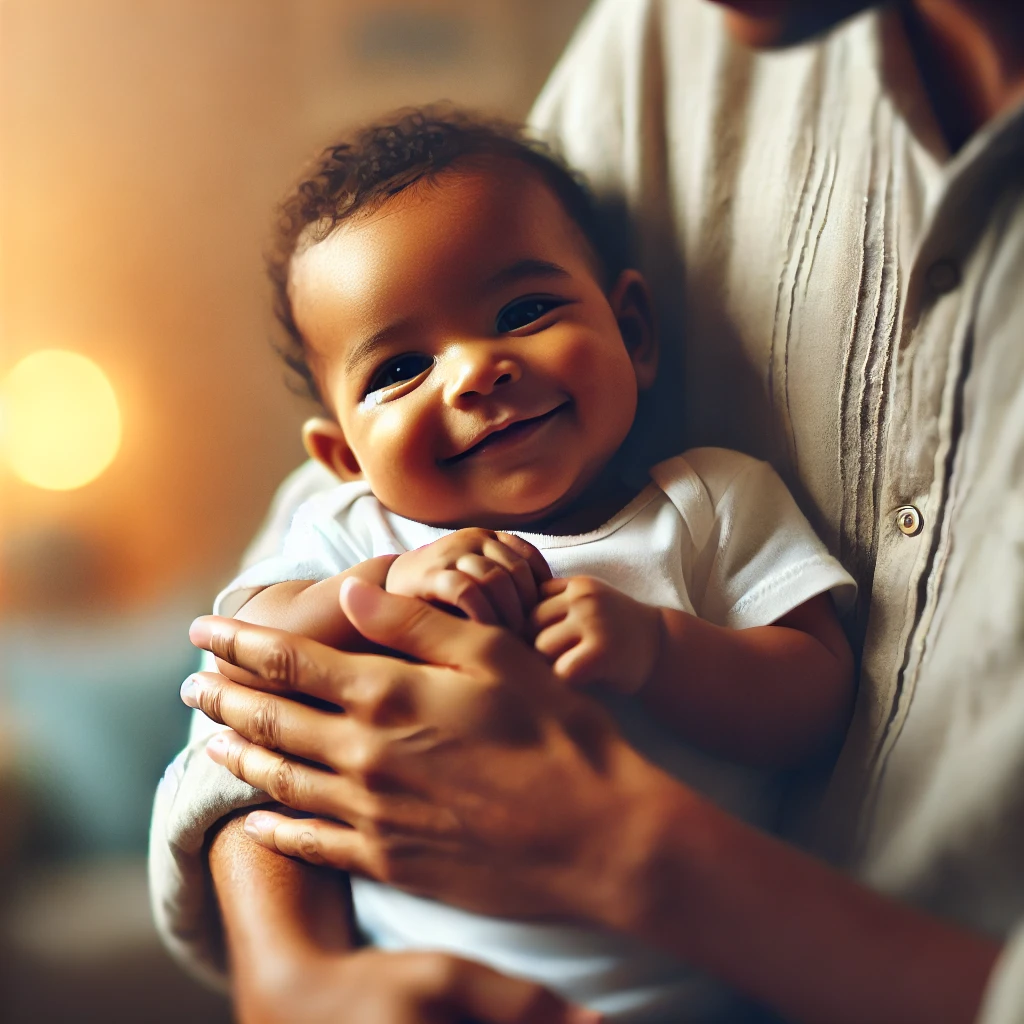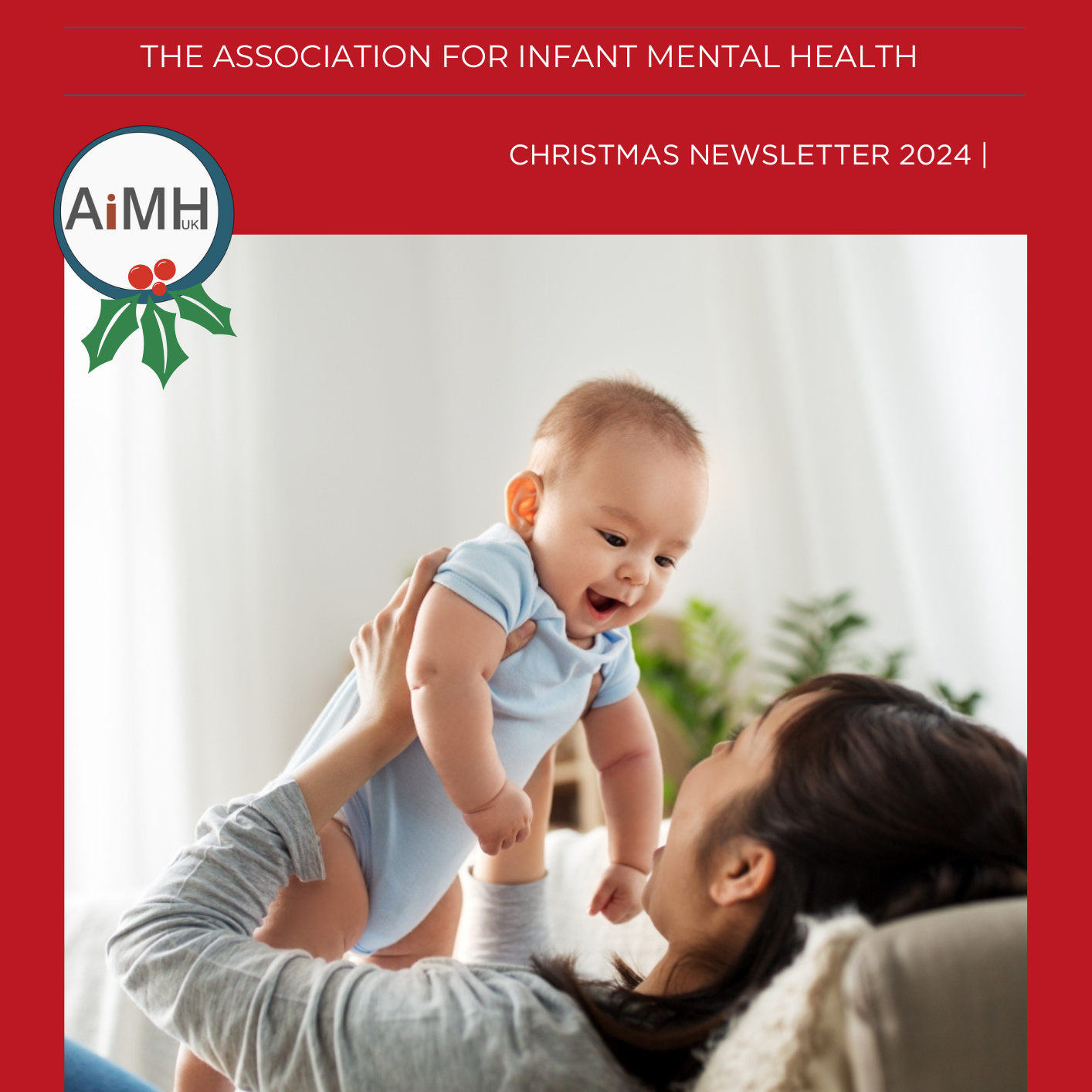Become a
member
Join AiMH UK and your local hub to develop your knowledge, skills, and confidence, and access a wealth of specialist information on the AiMH UK website.
Sharing expertise on how we work with infants and their families increases the effectiveness of our work.
Team/Organisation Membership
Elevate your team’s commitment to infant mental health with our new Team Membership rate. Get all the benefits of our Qualified Professionals annual rate, at a discounted price per person. Available to 5 or more practitioners joining at the same time and working within a team or organisation.
Contact us to discuss other packages and discounts.
AIMH UK
Donations
We’re using JustGiving, for donations to AiMH UK. Your donation enables us to continue our work, promoting the importance of infant mental health and making a real difference to improve outcomes for parents, babies and toddlers.
Thank you for making a difference!









